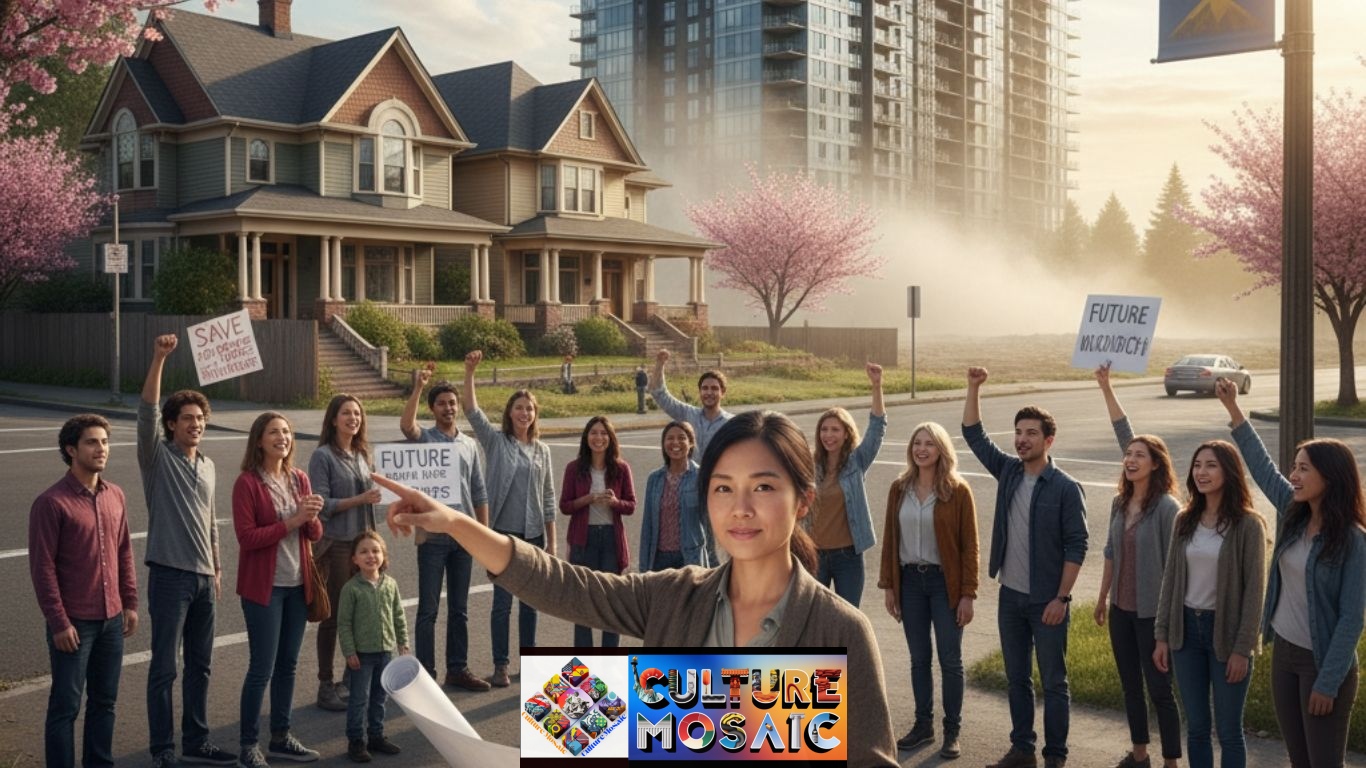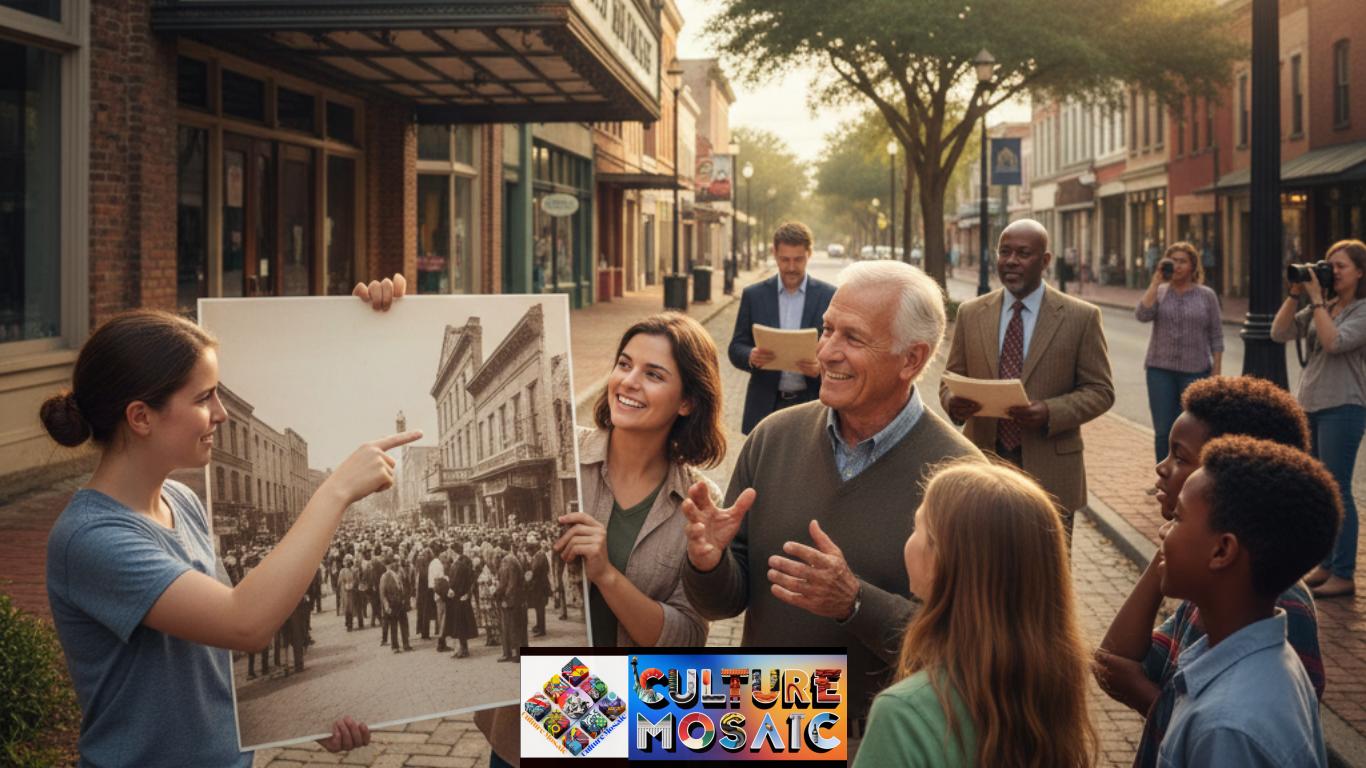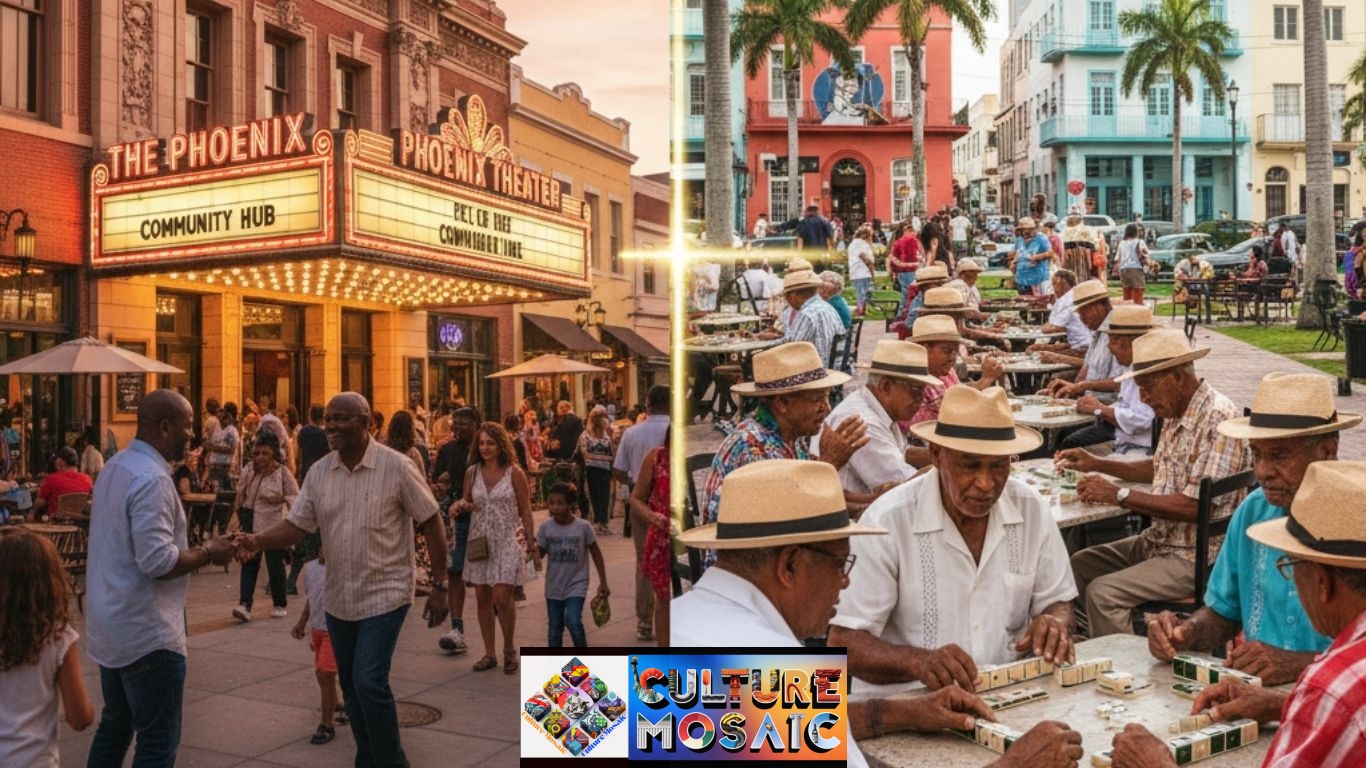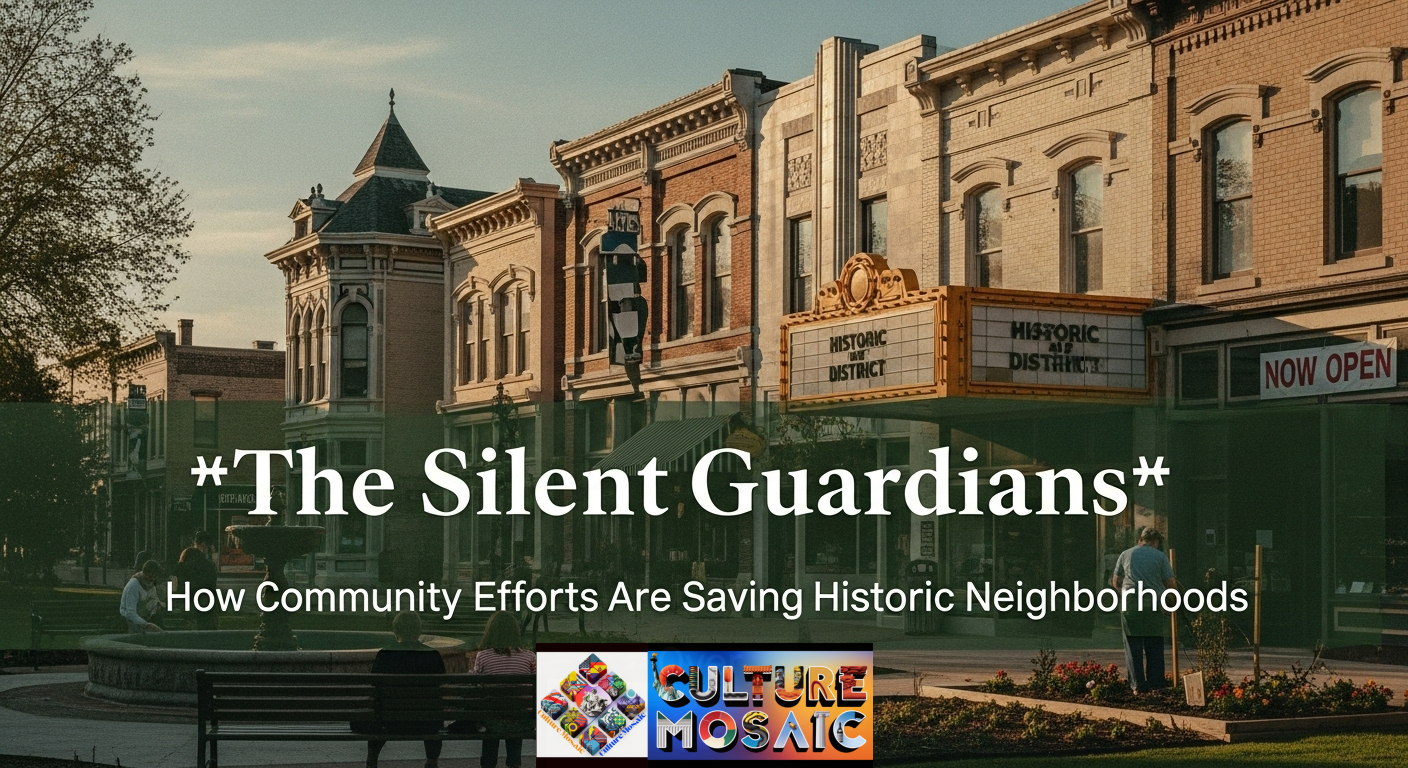When you walk through an old neighborhood and notice the carefully restored Victorian houses or the century-old corner store that’s been lovingly maintained, you’re witnessing the work of the silent guardians. These aren’t museum curators or government officials—they’re everyday people who’ve decided that their community‘s history is worth fighting for.
Who Are These Silent Guardians?
The silent guardians of our historic neighborhoods come from all walks of life. They’re the retired teacher who organizes petition drives, the local business owner who funds restoration projects, and the young family who chose to buy and restore a crumbling historic home instead of moving to the suburbs.
These community champions often work behind the scenes, attending city council meetings, researching property histories, and connecting with like-minded neighbors. They understand that once a historic building is demolished, it’s gone forever—along with all the stories it could have told.
The Battle Against Time and Development Pressure

Historic neighborhoods face constant threats. Rising property values make demolition attractive to developers, while aging infrastructure can make preservation seem impossibly expensive. The silent guardians know they’re often racing against time.
Take the story of Sarah Chen, a graphic designer in Portland who noticed demolition notices appearing throughout her 1920s neighborhood. Instead of accepting the inevitable, she started a Facebook group that grew into a formal preservation society. Within two years, they’d helped get twelve historic homes designated as protected landmarks.
“People think preservation is about living in the past,” Sarah explains. “But really, it’s about creating a future that honors where we came from.”
Grassroots Strategies That Actually Work

Building Community Awareness
The most effective silent guardians start by educating their neighbors about what they stand to lose. They organize walking tours, share old photographs, and tell the human stories behind the buildings. When people understand that the corner grocery store was where their grandparents met, or that the old theater hosted traveling vaudeville acts, preservation becomes personal.
Creating Economic Arguments
Smart preservation advocates have learned to speak the language of dollars and cents. They research property tax benefits, historic tax credits, and tourism potential. The silent guardians in Savannah, Georgia, proved that their historic district generates more revenue per square foot than modern developments—a fact that changed city council minds quickly.
Forming Strategic Partnerships
The most successful community preservation efforts don’t work in isolation. They partner with local universities for research help, connect with architectural firms for technical expertise, and collaborate with tourism boards to highlight economic benefits.
Success Stories from the Front Lines

The Phoenix Theater Revival
In Cleveland’s Hough neighborhood, the silent guardians focused their energy on one iconic building: the abandoned Phoenix Theater. Built in 1928, it had sat empty for decades. A group of residents led by retired machinist Robert Washington spent five years researching grants, organizing volunteers, and negotiating with city officials.
Today, the Phoenix hosts community events, local performances, and serves as a cornerstone for neighborhood revitalization. The project didn’t just save one building—it sparked a renewal that’s attracted new businesses and residents while respecting the area’s character.
Little Havana’s Domino Park
Miami’s Little Havana faced pressure from luxury development, but the silent guardians here understood that preserving culture meant more than just saving buildings. They fought to protect Domino Park, where Cuban immigrants had gathered for decades to play dominoes and share stories.
The preservation effort became a cultural movement, helping establish the entire area as a historic district and ensuring that gentrification wouldn’t erase the community’s identity.
The Challenges These Silent Guardians Face
Funding Limitations
Most community preservation groups operate on shoestring budgets. The silent guardians often fund initial efforts out of their own pockets, relying on bake sales and small donations to keep projects moving. Grants exist, but the application process can be daunting for volunteers without nonprofit experience.
Navigating Complex Regulations
Historic preservation involves layers of local, state, and federal regulations. The silent guardians must become amateur experts in zoning laws, historic designation processes, and environmental reviews. It’s not uncommon for dedicated volunteers to spend years learning the system before making real progress.
Balancing Preservation with Progress
Perhaps the biggest challenge is finding the sweet spot between preservation and necessary modernization. The silent guardians must advocate for maintaining historic character while ensuring buildings meet modern safety codes and accessibility requirements.
Technology Tools Empowering Modern Preservation
Today’s silent guardians have advantages their predecessors didn’t. Social media helps organize supporters quickly, while crowdfunding platforms can raise money for specific projects. Apps like Historypin let communities document and share historic photographs, creating digital archives that support preservation arguments.
3D scanning technology, once prohibitively expensive, now allows volunteer groups to create detailed records of threatened buildings. These digital models serve as invaluable resources for restoration work and provide permanent records even if preservation efforts fail.
How Communities Can Support Their Silent Guardians
Get Involved Locally
Every historic neighborhood has its silent guardians, even if they’re not immediately visible. Attend local historical society meetings, join neighborhood associations, and volunteer for preservation projects. Sometimes the biggest help is simply showing up to city council meetings to demonstrate community support.
Learn Your Neighborhood’s History
The more you know about your area’s past, the better equipped you’ll be to advocate for its future. Research when your house was built, who the original owners were, and what businesses once operated on your street. This knowledge becomes ammunition for preservation arguments.
Support Preservation-Friendly Businesses
When you patronize businesses in historic buildings, you’re helping prove that preservation makes economic sense. These establishments often struggle with higher maintenance costs, so community support makes a real difference.
The Economic Impact of Successful Preservation
Communities that support their silent guardians see real returns on their preservation investments. Historic districts typically experience property value increases of 5-15% compared to similar non-historic areas. Tourism revenue follows, as visitors seek out authentic experiences in preserved neighborhoods.
The National Park Service estimates that historic preservation activities contribute over $7 billion annually to the U.S. economy, supporting more than 100,000 jobs. Much of this impact starts with grassroots efforts led by the silent guardians in communities across the country.
Building the Next Generation of Silent Guardians
One of the most important tasks facing current preservation advocates is mentoring the next generation. Many of today’s most active silent guardians are reaching retirement age, and their knowledge and passion need to be transferred to younger community members.
Some communities are addressing this by partnering with local schools, creating internship programs, and developing online resources that make preservation knowledge more accessible. The goal is to ensure that every historic neighborhood has someone willing to fight for its future.
The Ripple Effect of Community Preservation
When the silent guardians succeed in saving a historic neighborhood, the effects extend far beyond the preserved buildings themselves. Property values stabilize, community pride increases, and the area becomes a magnet for people who value character over convenience.
These preserved neighborhoods often become models for sustainable development, showing how communities can grow and change while maintaining their essential character. They prove that progress doesn’t require erasing the past.
Looking Forward: The Future of Community-Led Preservation
The role of silent guardians continues to evolve as new challenges emerge. Climate change requires adapting historic buildings for resilience while maintaining their character. Gentrification pressures demand creative solutions that preserve both buildings and the communities that call them home.
The next generation of silent guardians will need to be even more sophisticated, combining traditional preservation knowledge with expertise in environmental science, economic development, and social justice. But the core mission remains the same: ensuring that future generations inherit neighborhoods with soul, character, and stories worth telling.
FAQs
Q: How can I find out if my neighborhood has active preservation efforts?
A: Start by contacting your local historical society, checking with your city’s planning department, or searching online for neighborhood associations. Many silent guardians maintain Facebook groups or websites for their communities.
Q: Do I need special expertise to become involved in historic preservation?
A: Not at all! The silent guardians come from all backgrounds. What matters most is passion for your community and willingness to learn. Many successful preservation advocates started with no technical knowledge but developed expertise through their involvement.
Q: How much does it typically cost to restore a historic home?
A: Costs vary widely depending on the building’s condition and the extent of restoration needed. However, tax credits and grants can offset 20-50% of qualified expenses. The silent guardians in your community can often provide guidance on available funding sources.
Q: What’s the difference between restoration and renovation when it comes to historic properties?
A: Restoration involves returning a building to its appearance at a specific point in history, while renovation updates it for modern use while respecting historic character. Most community preservation efforts focus on renovation that maintains the building’s historic integrity.
Q: Can modern buildings ever become historic, or is preservation only about old structures?
A: Buildings typically become eligible for historic designation after 50 years, though exceptional cases can qualify sooner. Today’s silent guardians are already identifying mid-century modern buildings and other relatively recent structures that represent important architectural or cultural history.

